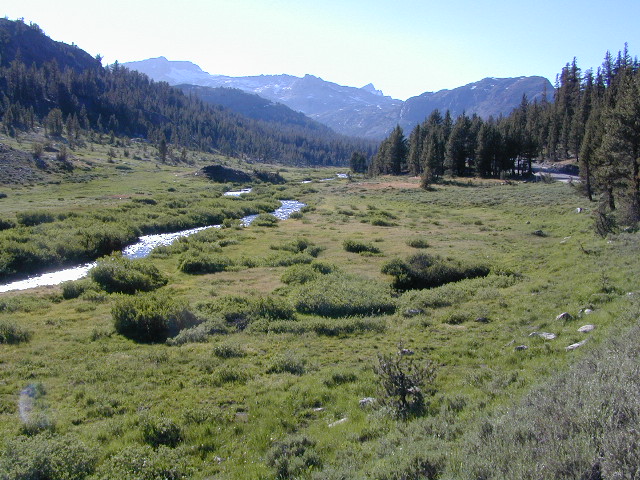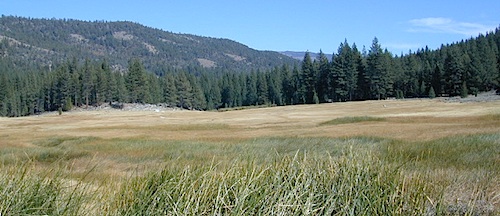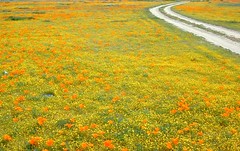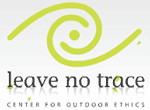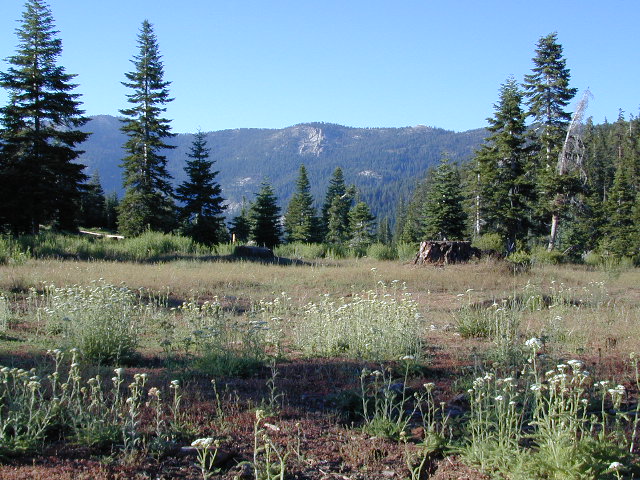
California Meadows
California meadow is a common term people search for when dreaming of their mountain retreat vacation or upcoming weekend camping trip.
Meadows are places in the forest where cool air collects and settles. Deer among other wildlife, can often be found here grazing around dawn and dusk. Alpine meadows are usually surrounded by trees with lush green grasses, located at higher altitudes above 6000′ – the ‘highcountry’ as most like to say.
Find meadows on National Forest lands from 3000-10,000′ elevation, and it is not uncommon to see cattle grazing in these same regions. California National Parks have some of the most protected meadows in the golden state!
MT SAGE – mountain sage meadows
High desert mountains have drier landscapes, with large sage brush meadows surrounded by sparse pinon pine and/or juniper forest. The Mojave desert’s sagebrush reaches out westward to the peaks of West Kern County. High deserts and mountain meadows can both have significant wildflower blooms. The deserts start to show color in March & April, while the highest elevations of the Sierra Nevada can bloom as late as July & August. All California Wildflowers depend on autumn seasonal rains & snow melt.
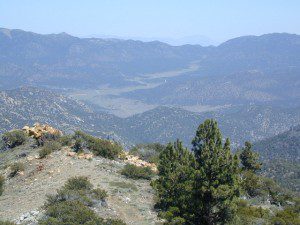
Wilderness Meadows
The best places to find secluded wildflower meadows is on the high country trails of various mountains – Mount Pinos, Sierra Nevada, Shasta, Trinity & Lassen – all have marvelous meadows, some have easy access w/ parking nearby and others are hike-in only. Locate hiking trailheads for meadows and possibly find camp nearby.
Excellent near Meadows:
Stargazing, Wildflowers, Wildlife Viewing, Horse Camping
Explore dirt back roads of California to find your very own meadow. If you would like to explore at this level, a good topo map is highly advised. The Sierra Nevada mountains have the most beautiful meadows in the state (by far). Their scenery w/ granite outcroppings and wild flowers, surpasses all else. Although on rare occasions, even the Antelope Valley can look amazing — with poppies.
BEST PLACES TO FIND MEADOWS
- Alta Sierra
- Beasore Meadow, way up behind Bass Lake, CA
- Big Mdws CALIF
- Big Meadow Road #22S12, Dome Land
- Big Meadows Road #14S11 (Kings Cyn & Sequoia)
- Big Meadow Sequoia
- Butte Meadows
- Camp Nelson
- Coyote Flat @ Bishop
- Dixie Glade Campground, Mendocino NF
- Drakesbad Ranch, Warner Valley – Lassen NF
- Dunderburg Meadow, off Green Creek Rd
- Eastern Sierra Canyons
- Gold Lake California
- Green Creek Road
- Highland Lakes @ Ebbetts Pass
- Holey Meadows Group Camp, Western Divide
- Horse Meadow Campground, Road #22S12
- Horseshoe Meadows Road
w/ Cottonwood Lakes Campground (10,000′ elev) - Inyo National Forest
- Jackass Meadow – way up behind North Fork
- Kennedy Meadows, Sequoia NF
- Kennedy Meadows Pack Station, Sonora Pass
- Kingsley Glade Campground, Mendocino NF
- Kings Canyon National Park
- Lakes Basin Recreation Area
- Lake Davis @ Crocker Camp
- Lake Tahoe CA
- Lassen National Forest
- Leland Meadow, Pinecrest, CA
- Little Shasta Meadow Botanical Area, east of Yreka, CA
- Long Meadow Campground, Sequoia NF
- Long Valley Campground, Sequoia NF
- Mammoth Lakes
- Manter Meadows, Dome Land Wilderness
- Meadow Valley rural btwn Quincy & Bucks Lake
- Mendocino NF names these ‘Glades’, instead of meadows
- Mill Potrero Highway, Pine Mountain CA
- Mount Pinos Recreation
- Monache Meadows
- Mountain Home State Forest
- Panther Meadows Campground, Mount Shasta
- Plaskett Meadows Campground, Mendocino NF
- Ponderosa, California
- Red’s Meadow, Mammoth Lakes
- Redwood Meadow Campground, Giant Sequoia
- Rock Creek Road: Iris Meadow & Big Meadow Campgrounds
- Powell Meadow, Sequoia NF
- Sequoia National Forest
- Sequoia National Park
- Shaver Lake
- Shirley Meadows Road #25S15
- Sierra National Forest
- Stanislaus National Forest
- Sugarfoot Glade Campground, Mendocino NF
- Thousand Lakes Wilderness
- Toiyabe National Forest
- Troy Meadows, Sequoia NF
- Tuolumne Meadows, Yosemite Highcountry
- Upper Summer Meadow Road, off Green Creek Rd
- Viola @ Hwy 44, E of Shingletown, CA
- Yosemite National Park
Rules of the Meadow
Mountain Meadows are sacred spaces: Do not disturb the lush, grassy landscape, as wildlife rely on these areas for survival.
No driving on meadows. No camping on meadows; No Campfires; Camp next to (or nearby), but not on top of the meadow. Picnicking should be kept on the sidelines.
 Stay on designated dirt roads: No tires across the meadow; No mountain biking, No dirt bikes, No off roading. You’re not spreading the seeds, you’re destroying a fragile ecosystem.
Stay on designated dirt roads: No tires across the meadow; No mountain biking, No dirt bikes, No off roading. You’re not spreading the seeds, you’re destroying a fragile ecosystem.
Ranch FENCING w/ barbed-wire is quite common around meadows, to keep cattle out of certain problem areas. Fences also help keep the wandering public out of private lands or sensitive areas.
 When hiking – stay out of the muddy spots and know that if you choose to hike directly across meadow, you may encounter water and deep, sinking mud. HINT: There is usually a shallow creek running through most meadows, during all times of the year.
When hiking – stay out of the muddy spots and know that if you choose to hike directly across meadow, you may encounter water and deep, sinking mud. HINT: There is usually a shallow creek running through most meadows, during all times of the year.
Winter snow usually blankets these fragile areas in winter, and when deep enough – making this terrain prime destinations for snowmobilers.
